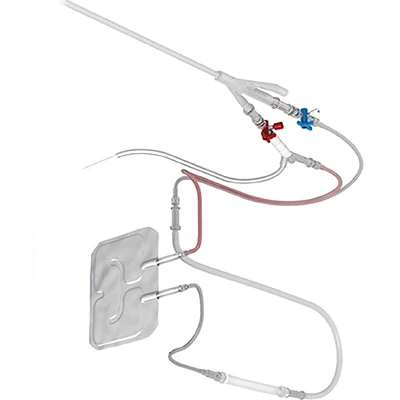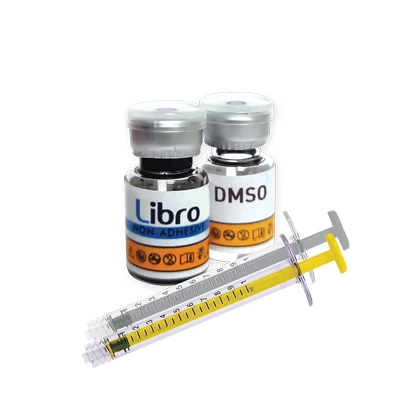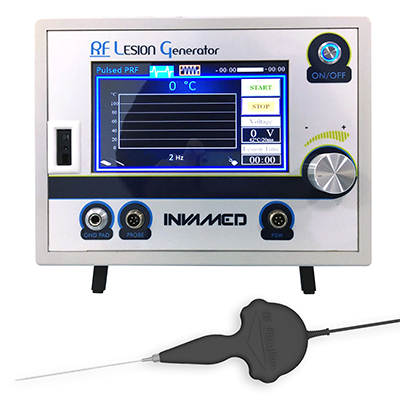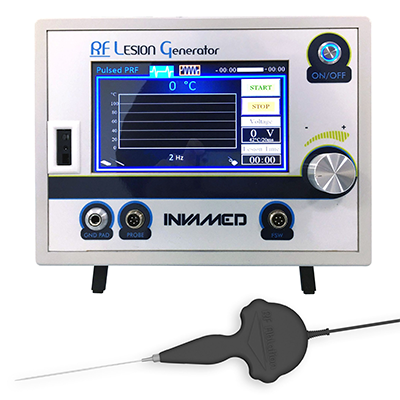Fusion
Oncology Intracavitary Hypothermia Set
It is used for the administration of drugs into the bladder after the treatment is performed by surgical intervention in bladder tumors. This Drug Management System is used to rapidly transfer small electrical currents of ionized drug molecules to tissues by active transport.
Advantages
- Easy to Use
- Fast and Safe
- Minimally Invasive
- Better Clinical Outcome
- Provides patient comfort and tolerance
The Thermoblock Bipolar RF Ablation Systems probe is a sterile, single-use disposable, packed in separate laminated sterile packaging. The tip of the probe has a length of 10 cm with a 2 cm active tip and effective intervention with a catheter pen holder. Capable of providing easy invasive procedure with 18 gauge (1,3 mm) catheter probe size. Do not re-sterilize because this leads to a deterioration of the device’s performance. Due to the radiofrequency, thermal energy is generated; the tip of the electrode, the distal part, applies energy to the haemorrhoidal tissue where it is converted into heat.


Detailed specifications
It is intended for use in medical treatment centers, under the supervision of qualified clinicians, for lavage of the patient's bladder with therapeutic fluids heated in the clinician-selected temperature range of 42/45 degrees.
The drug administration rate is fully controllable with varying current density.
It is the transfer of ionized drug molecules by applying electrical current to the tissues through a solution containing ions such as mitomycin C, and lidocaine.
Usage areas
- Non-Muscle Invasive Bladder Cancer
- Interstitial Cystitis
- Bladder Pain Syndrome
- Recurrent and Persistent ITU
- Hyperactive Bladder
In addition to the combined effects of chemo-hyperthermia, it provides accurate and efficient temperature control. The mutually enhancing effects of chemotherapy drugs and hyperthermia are well documented for their cytotoxic effects and are widely used to treat many types of cancer, including bladder cancer5. Cancer cells are becoming more permeable and are increasingly affected on many levels by their inability to remove heat while increasing the body's natural immune response.
Drug Administration is an innovative and invasive method that allows increased local drug penetration in the urothelium of the bladder and prostatic ureter, local drug delivery is better achieved by passive diffusion into greater tissue depth at higher numbers alone allows for better clinical efficacy. Treatment helps to avoid many side effects and is often associated with systemic administration.
It is designed for solutions that can overcome the barriers usually associated with low rate passive diffusion and the application rate cannot be controlled.
Functional Use
• An effective first-line treatment in an outpatient setting of the combination of treatment of INTERSTITIAL CYSTITIS and bladder cystodistension
• HYPERACTIVE BLADDER Treatment of hyperactive bladder with oxybutynin plus medication adjustment of out-of-hospital patients
• RECURRENT AND PERMANENT UTI In the treatment of urinary tract infections of outpatients
• Administration of selected drugs for the treatment of Bladder Pain Syndrome


